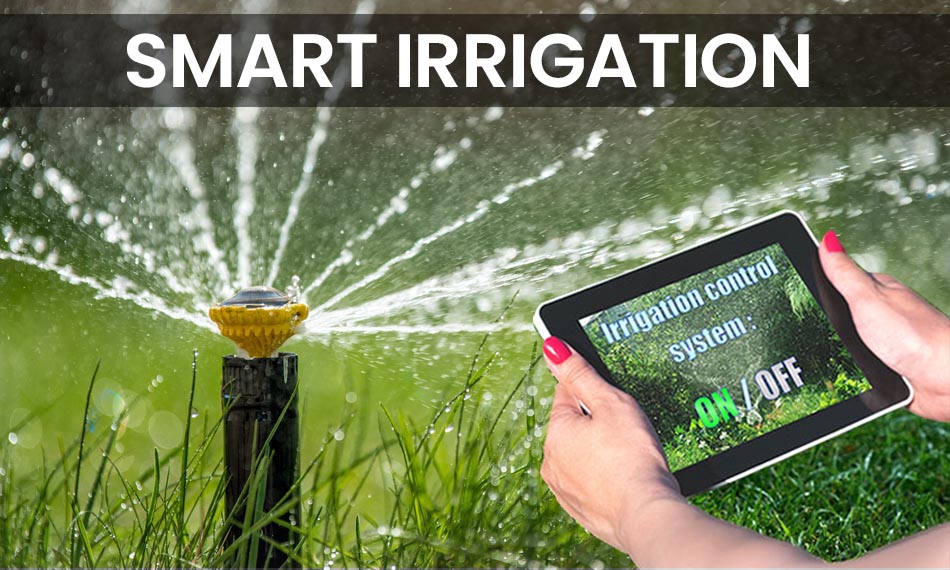Machine learning is no longer just for data scientists with advanced coding skills. Automated machine learning (AutoML) is transforming industries by making artificial intelligence (AI) more accessible and efficient. The global AutoML market generated a revenue of $866.3 million in 2023, and its growth trajectory is nothing short of remarkable. With a projected CAGR of 52.8% from 2024 to 2030, the market is expected to reach $15,499.3 million by 2030.
As organizations across industries seek to automate complex processes and extract insights from data, the adoption of AutoML is surging. From fraud detection in financial services to personalized recommendations in retail, businesses are leveraging this technology to enhance decision-making and improve efficiency. The following sections explore the driving forces behind this growth, the industries leading the charge, and the competitive landscape shaping the future of AutoML.
The Expanding Role of AutoML Across Industries
AutoML is revolutionizing how industries approach data analysis and decision-making. With its ability to automate tasks that once required specialized expertise, this technology is unlocking new opportunities for businesses. Several sectors are experiencing significant transformations due to AutoML adoption.
Financial Services: Strengthening Fraud Detection and Risk Management
Financial institutions have long relied on data analytics to detect fraud, assess risk, and enhance customer experiences. However, traditional machine learning models require extensive time and expertise to develop. AutoML streamlines this process, enabling banks and financial service providers to implement fraud detection systems that analyze transactions in real-time. By identifying unusual spending patterns and suspicious activities, these models help prevent financial crimes more effectively.
Beyond fraud detection, AutoML is also enhancing risk assessment and credit scoring. Lenders can evaluate loan applications faster and with greater accuracy by analyzing a borrower’s financial history and behavior patterns. This not only improves decision-making but also reduces the risk of defaults.
Retail: Delivering Personalized Customer Experiences
The retail industry is increasingly relying on AI-driven solutions to improve customer engagement and optimize operations. AutoML is playing a crucial role in personalized product recommendations, helping retailers analyze large volumes of customer data to understand preferences and purchasing behavior. By leveraging machine learning, businesses can offer targeted promotions and customized shopping experiences that drive higher sales and customer satisfaction.
Inventory management is another area where AutoML is making an impact. By predicting demand fluctuations and optimizing supply chains, retailers can reduce stock shortages and minimize waste. This results in improved operational efficiency and better financial outcomes.
Marketing and Sales: Optimizing Lead Scoring and Customer Retention
AutoML is transforming marketing strategies by providing businesses with deeper insights into customer behavior. Predictive lead scoring is one of its most valuable applications, allowing sales teams to prioritize leads based on their likelihood of conversion. By analyzing past interactions, purchasing history, and engagement levels, AutoML models help businesses allocate resources more effectively and increase revenue.
In customer retention, AutoML enables companies to predict churn rates and implement proactive strategies to retain customers. By identifying early warning signs, businesses can offer personalized incentives or support to prevent customer attrition.
Healthcare: Advancing Diagnostics and Patient Care
The healthcare industry is benefiting from AutoML’s ability to process vast amounts of medical data quickly and accurately. In diagnostics, AI-powered models can analyze medical images, detect anomalies, and assist doctors in making accurate assessments. AutoML is also being used in predictive analytics for disease prevention, helping healthcare providers identify at-risk patients and intervene earlier.
Additionally, the pandemic accelerated the adoption of AI-driven solutions in healthcare. Chatbots powered by AutoML were deployed to screen COVID-19 symptoms, manage patient inquiries, and streamline hospital workflows. A notable example is Clevy.io, a French start-up that launched a chatbot to facilitate access to official government communications about the pandemic.
Market Growth and Regional Trends
The AutoML market is witnessing explosive growth, driven by increasing demand for AI-powered solutions across industries. Several key factors are fueling this expansion.
North America Leads in Adoption and Innovation
North America currently holds the largest share of the AutoML market, primarily due to its advanced technological infrastructure and early adoption of AI-driven solutions. The presence of major tech companies investing in machine learning, along with a strong ecosystem of start-ups, is contributing to the region’s dominance.
Companies like Amazon, Google, and Microsoft are continuously enhancing their AutoML offerings. For instance, in December 2022, Amazon launched eight new capabilities for Amazon SageMaker, its end-to-end machine learning service. These enhancements enable developers, data scientists, and business analysts to build, train, and deploy machine learning models more efficiently.
Get Your Free Sample Report Here: https://www.psmarketresearch.com/market-analysis/automated-machine-learning-market/report-sample
Asia-Pacific Emerges as the Fastest-Growing Market
While North America leads in market share, Asia-Pacific is the fastest-growing region for AutoML adoption. Countries like China, India, and Japan are investing heavily in AI research and digital transformation. The rise of e-commerce, fintech, and healthcare innovations in this region is driving the demand for machine learning solutions.
Government initiatives supporting AI adoption, coupled with an increasing number of start-ups leveraging AutoML, are accelerating growth. Businesses in India and Southeast Asia are particularly embracing AI to improve customer experiences and optimize business processes.
The Competitive Landscape and Future Outlook
The AutoML market is becoming increasingly competitive, with established players and emerging start-ups vying for market share. Companies are focusing on innovation, strategic partnerships, and expanding their service offerings to stay ahead.
Key Players Driving Innovation
Leading tech companies are continuously improving their AutoML platforms to make machine learning more accessible. Some of the key players in the market include:
- Amazon (AWS SageMaker) – Enhancing ease of use for developers and businesses.
- Google (AutoML) – Offering powerful tools for automated model training and deployment.
- Microsoft (Azure Machine Learning) – Providing enterprise-level AI solutions.
- IBM (Watson AutoAI) – Specializing in AI-driven business intelligence.
Smaller companies and start-ups are also contributing to the market’s dynamism, introducing innovative solutions tailored to specific industry needs.
Future Trends Shaping AutoML
Several emerging trends are set to shape the future of AutoML:
- Integration with No-Code and Low-Code Platforms – Making AI more accessible to non-technical users.
- Edge Computing and IoT Integration – Enabling real-time machine learning on edge devices.
- Greater Focus on Explainability – Enhancing transparency in AI decision-making.
- Advancements in Natural Language Processing (NLP) – Improving AI’s ability to interpret and generate human language.
As AutoML continues to evolve, businesses that adopt these technologies early will gain a competitive advantage, leveraging AI to drive innovation and efficiency.
Conclusion
Automated machine learning is no longer a futuristic concept—it is reshaping industries and becoming an essential tool for businesses worldwide. The market’s rapid growth, expanding applications, and increasing accessibility highlight its transformative potential. From fraud detection in finance to personalized experiences in retail and healthcare advancements, AutoML is unlocking new possibilities across sectors.
With North America leading in innovation and Asia-Pacific emerging as a powerhouse for growth, the future of AutoML looks promising. As companies continue to invest in AI-driven solutions, those that embrace AutoML will be best positioned to thrive in the data-driven era.
The question now is not whether businesses should adopt AutoML, but how quickly they can leverage it to stay ahead in an increasingly competitive landscape.








